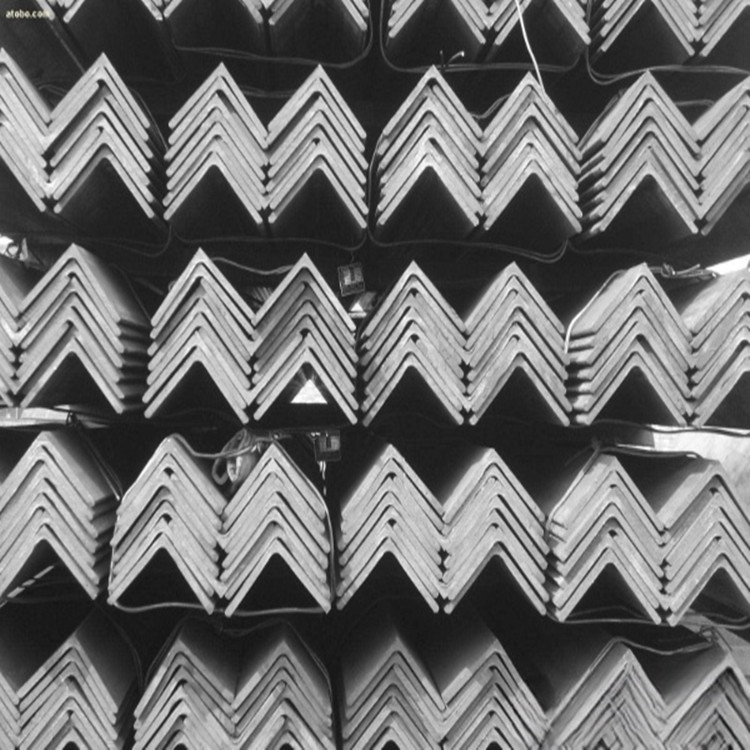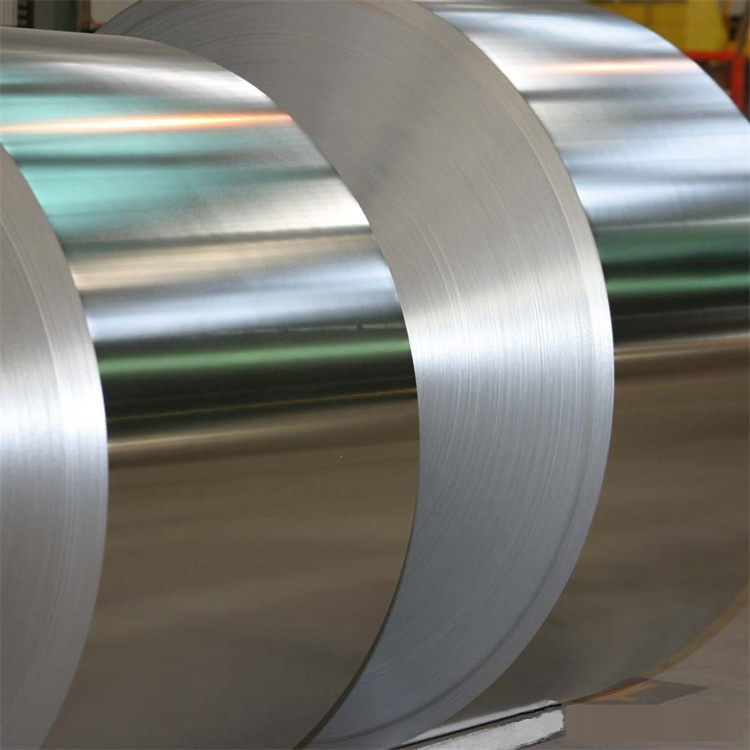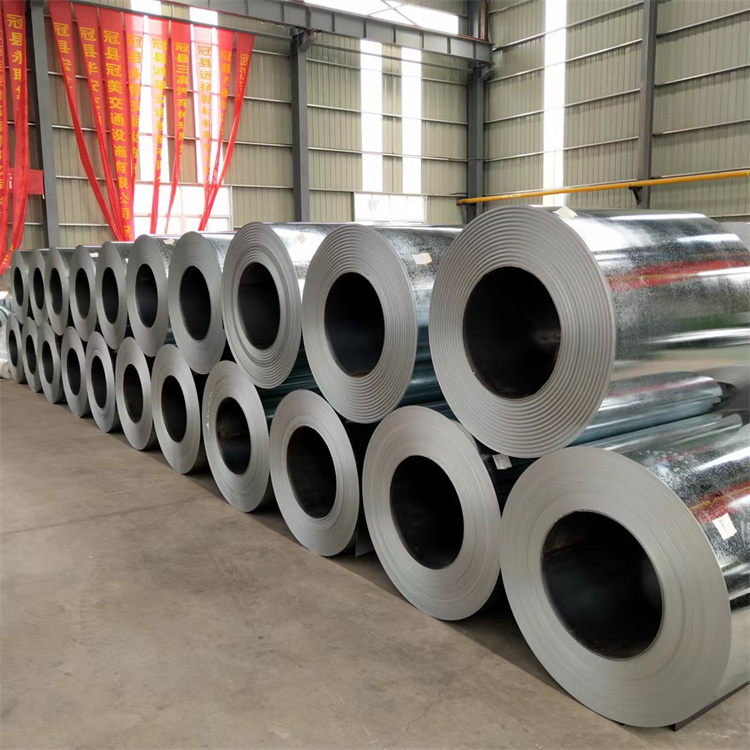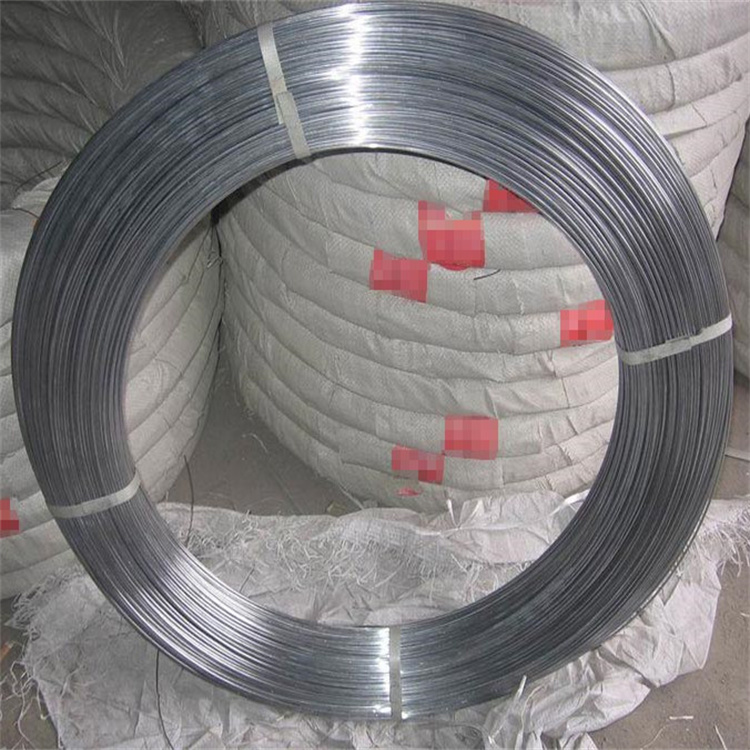In today’s rapidly evolving industrial landscape, steel tubes are everywhere. Whether in construction, transportation, oil and gas pipelines, machinery, or even household appliances, their presence is foundational. Yet, with such a wide variety available, selecting the right type of steel tube is no trivial task. It requires a meticulous balancing act between mechanical strength, corrosion resistance, and economic feasibility. So, how do you choose the perfect fit for your needs? That’s where we dive deep—into the metallurgy, the economics, and the real-world applications that give each type of steel tube its distinct edge.
Understanding the Core Types of Steel Tubes
Steel tubes can be broadly classified into several categories based on composition and processing. The three main types include:
1. Carbon Steel Tubes
Carbon steel tubes are perhaps the most common and cost-effective. These tubes contain a basic composition of iron and carbon. Depending on the carbon content, they can be:
Low Carbon Steel Tubes (<0.25% carbon)
Medium Carbon Steel Tubes (0.25–0.6% carbon)
High Carbon Steel Tubes (>0.6% carbon)
They are typically strong but lack resistance to corrosion. Ideal for high-strength, low-cost applications.
2. Alloy Steel Tubes
Alloy steel tubes incorporate other alloying elements such as chromium, molybdenum, nickel, and manganese. These elements significantly enhance strength, toughness, and corrosion resistance.
Common grades include:
4130 and 4140 (Chromium-molybdenum steel)
8620 (Nickel-chromium-molybdenum steel)
Used heavily in aerospace, automotive, and high-performance machinery.
3. Stainless Steel Tubes
Renowned for their corrosion resistance, stainless steel tubes contain a minimum of 10.5% chromium. They are divided into:
Austenitic (e.g., 304, 316)
Ferritic (e.g., 430)
Martensitic (e.g., 410)
Highly suitable for corrosive environments like chemical processing plants, marine industries, and medical devices.
4. Shape and Structure Variations
Apart from material classification, steel tubes are also categorized by shape and forming technique:
Welded Steel Pipe: Formed by rolling and welding steel plates or strips, commonly used in large-scale structural projects.
Seamless Steel Pipe: Manufactured without any welding seam, offering superior pressure-bearing capacity.
Square Steel Pipe: Ideal for framing, columns, and infrastructure that demands a modern aesthetic and structural integrity.
Rectangular Steel Pipe: Commonly used in construction and transport equipment for space-efficient strength.
Round Steel Pipe: The classic choice for piping systems, structural pillars, and various fluid transfer applications.
Anti-Corrosion Pipe: Specifically coated or treated to resist corrosion in harsh environments, such as marine, oil & gas, and chemical sectors.
Data-Driven Performance Comparison
Below is a comparative table of steel tube types based on strength, corrosion resistance, and cost:
| Type of Steel Tube | Yield Strength (MPa) | Corrosion Resistance | Approx. Cost (USD/ton) |
|---|---|---|---|
| Low Carbon Steel | 250-400 | Poor | $500 - $700 |
| Alloy Steel (4130) | 435-745 | Moderate | $900 - $1,200 |
| Stainless 304 | 215-505 | Excellent | $1,800 - $2,500 |
| Stainless 316 | 290-580 | Superior | $2,000 - $2,800 |
Note: The above figures are indicative and subject to fluctuation based on market trends and regional availability.
Choosing Based on Strength
If your application involves structural load-bearing, high internal pressure, or mechanical stress, strength is paramount. For instance:
Construction beams or piling pipes: Medium to high carbon steel is optimal.
High-performance shafts or gears: Alloy steels like 4140 provide a superb strength-to-weight ratio.
Medical and food-grade piping: While strength matters, corrosion resistance trumps everything, making 316 stainless a no-brainer.
In China Xino Group's catalog, alloy and carbon steel pipes are available in multiple standards (ASTM, DIN, JIS), ensuring reliable tensile and yield properties.
Choosing Based on Corrosion Resistance
Corrosion is the quiet saboteur in many industrial systems. Depending on the exposure to moisture, chemicals, or saltwater, different levels of resistance are required.
Mild environments (interior plumbing, protected structural uses): Low carbon steel with anti-rust coatings may suffice.
Outdoor exposure or slightly acidic/alkaline conditions: Galvanized steel (GI) or Galvalume (GL) products are preferable.
Marine, coastal, or chemical settings: Stainless steel 316 wins hands-down.
QINGDAO XINO STEEL & IRON CO.,LTD’s coated steel range including PPGI, PPGL, and tinplate excels in weather resistance and aesthetic finishes, ideal for exterior architectural applications.
Choosing Based on Cost Consideration
Budget always has the final word. Yet, cost efficiency is not always about choosing the cheapest product—it's about minimizing lifecycle costs.
Cost vs Lifecycle:
| Tube Type | Initial Cost | Maintenance Cost | Estimated Service Life (years) |
| Low Carbon Steel | Low | High | 10-15 |
| Galvanized Steel | Moderate | Moderate | 15-25 |
| Stainless Steel | High | Low | 25-50 |
A cheap carbon tube may rust quickly, requiring frequent replacements. On the other hand, a higher upfront cost for stainless steel often pays off in the long haul.
Secondary Considerations That Matter
Sometimes, it's the less obvious attributes that make all the difference.
Weight: For transport applications, lower weight with adequate strength (e.g., 4130 alloy steel) is beneficial.
Weldability/Formability: Low carbon steels are easier to weld and form than high alloy grades.
Thermal Conductivity: Stainless has lower thermal conductivity, a factor for heat exchangers.
Aesthetics: Stainless and coated tubes often find favor in visible installations.
China Xino Group: Your Trusted Steel Solutions Partner
Founded in 2001, China Xino Group has grown into a multinational enterprise with deeply rooted experience in steel product development, trade logistics, and technical equipment manufacturing. With a registered capital of 150 million yuan and three major production bases, QINGDAO XINO STEEL & IRON CO.,LTD alone boasts 24 advanced production lines, churning out 1.5 million tons annually.
Whether you need coated steel like PPGI and PPGL, or industrial steel tubes like beam bars, culvert pipes, or round steel bar, XINO is your one-stop shop. Our product range spans:
Welded Steel Pipe
Anti-Corrosion Pipe
Seamless Steel Pipe
Square Steel Pipe
Rectangular Steel Pipe
Round Steel Pipe
With international certifications, custom sourcing, and technical support, XINO doesn’t just sell steel—we engineer solutions.
Final Thoughts
Choosing the right steel tube isn’t about blindly following specs. It’s about matching technical needs with budget constraints, environmental conditions, and operational expectations. In this equation, knowledge is power—and suppliers like China Xino Group are here to empower you.
Whether you're an engineer looking to optimize performance, a contractor under pressure to cut costs, or a procurement officer juggling quality and deadlines, the right tube is out there. And with the right partner? Finding it becomes not just easier, but strategic.
Let China Xino Group guide your next steel journey—with strength, durability, and insight. Contact Xino today!

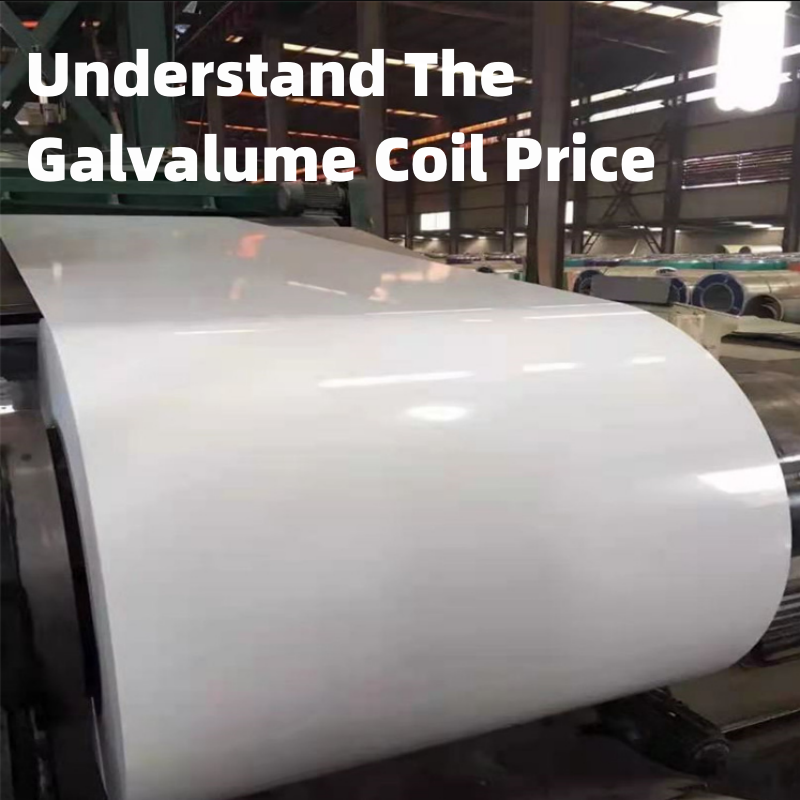
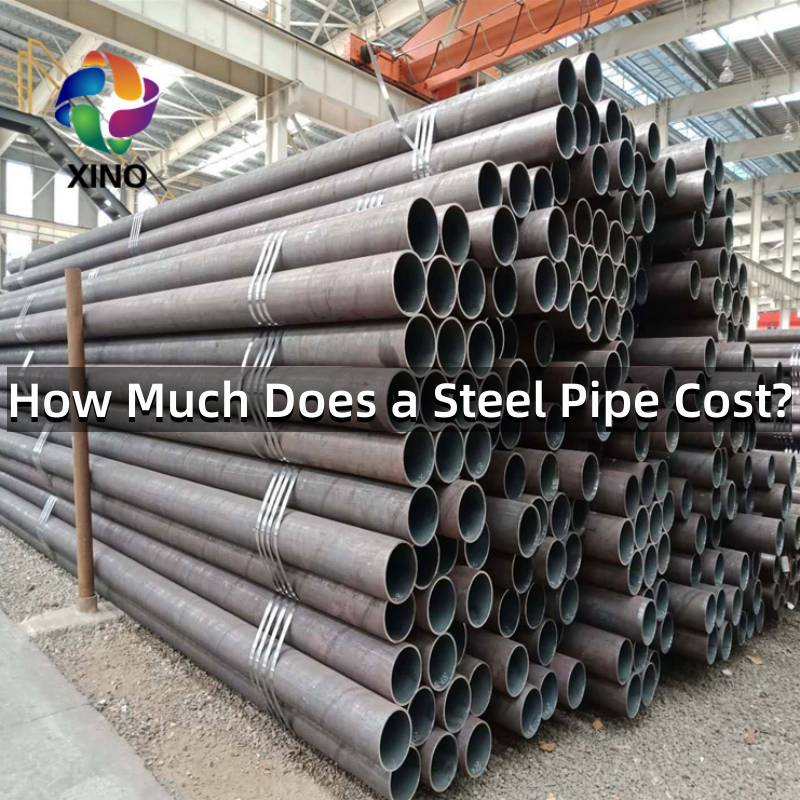
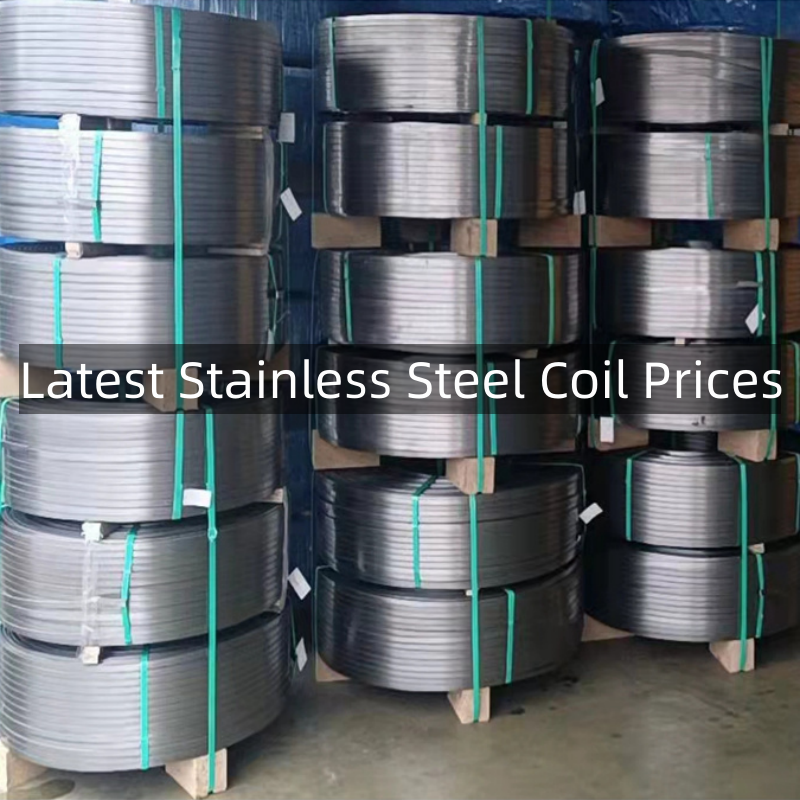
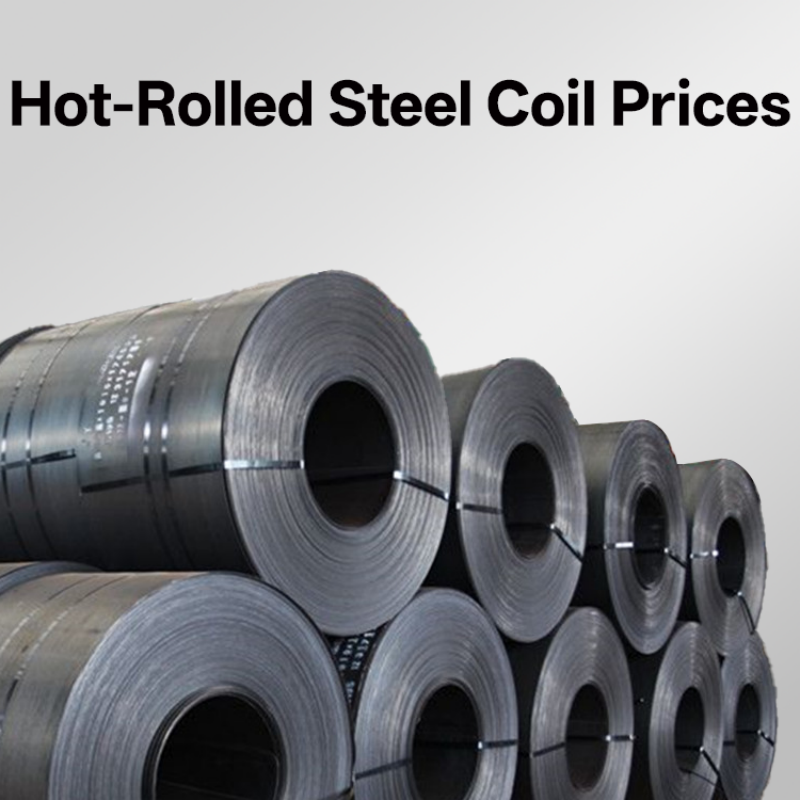
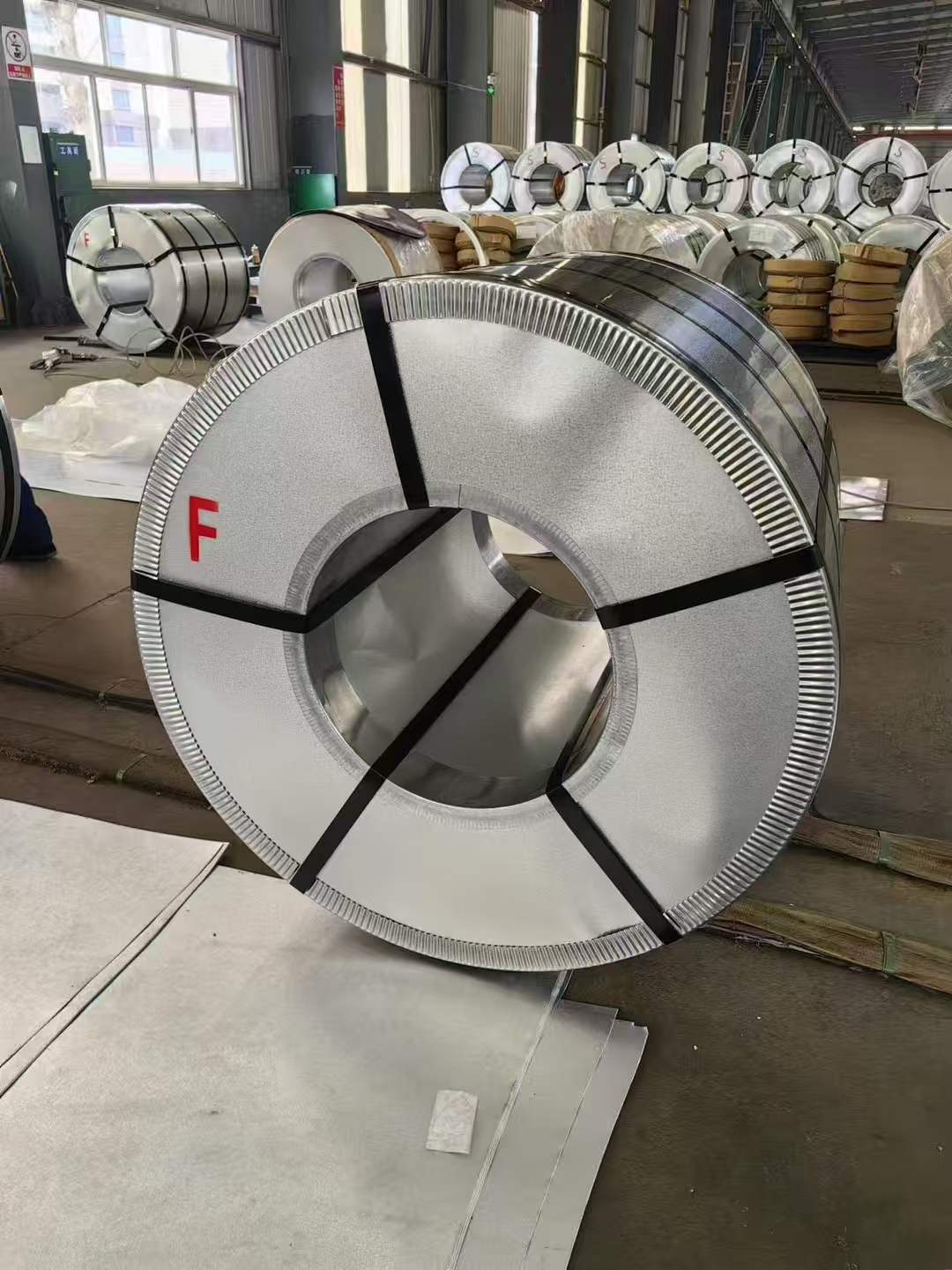
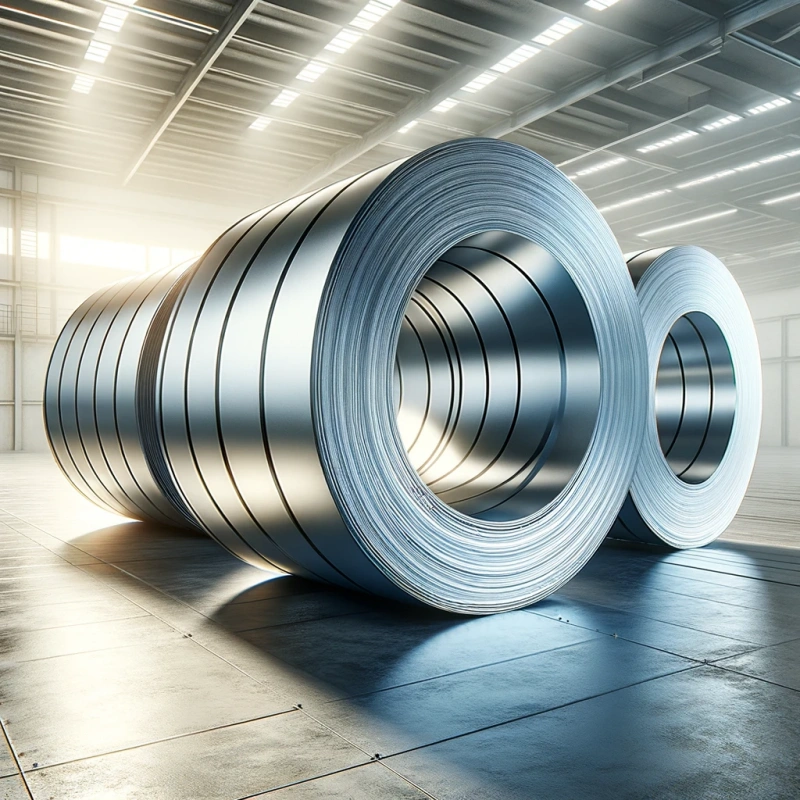
745.webp)
